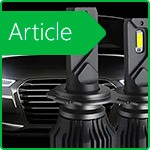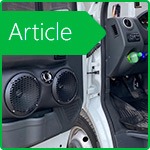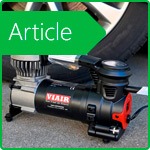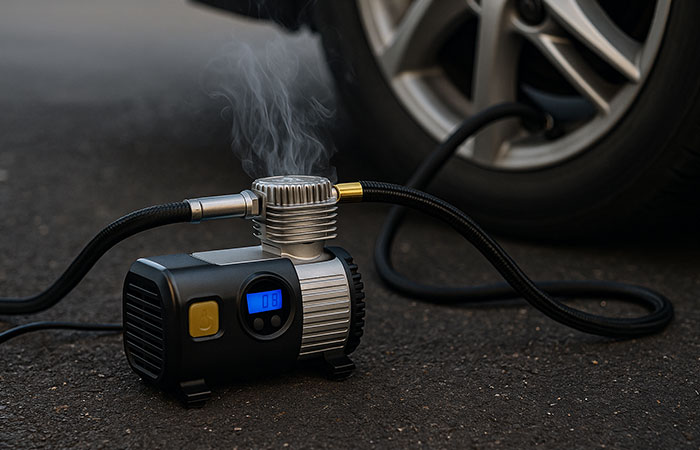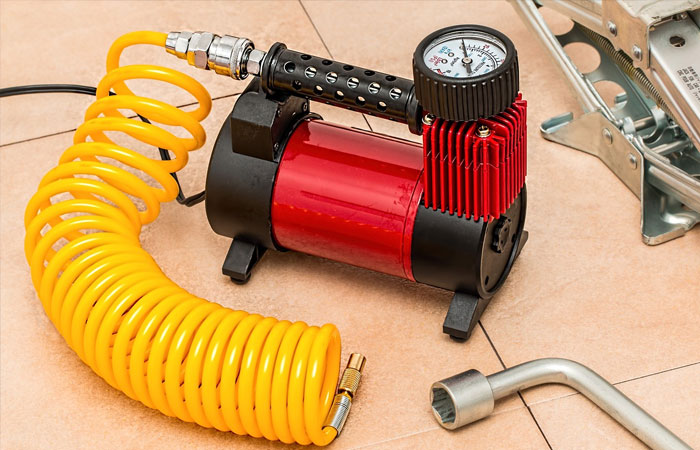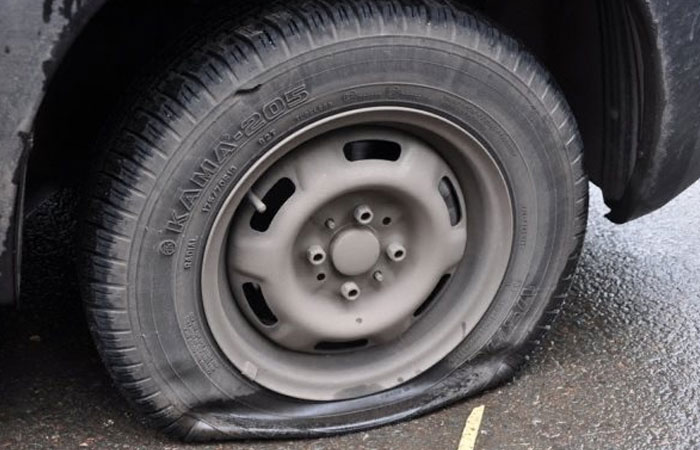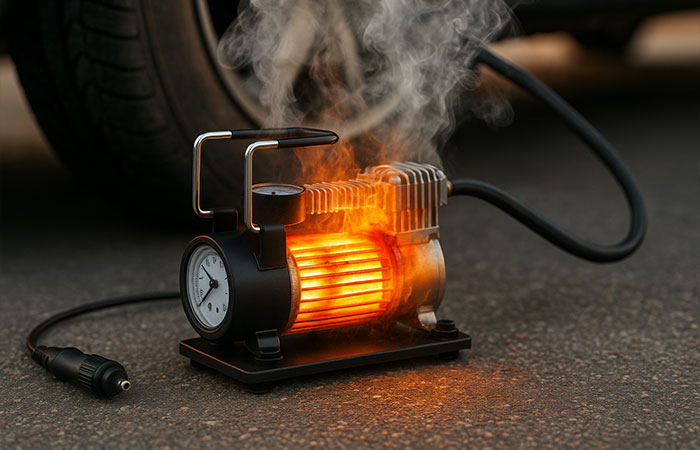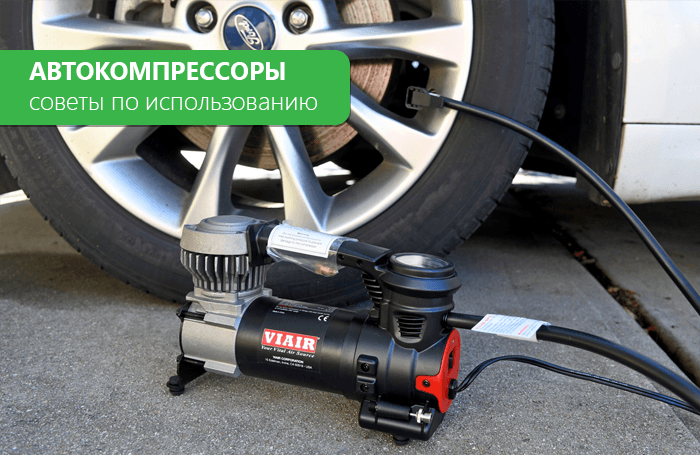Which Compressor to Choose in 2025? Selection by Car Type, Season, and Budget
A car compressor in 2025 is not just an accessory but a necessary tool for every car owner. It helps maintain the correct tire pressure, quickly deal with punctures, and inflate balls, mattresses, or even boats. However, choosing the right model is not easy. There are dozens of options on the market, differing in power, type of connection, and available features. This article will help determine which compressor is best suited for a specific car, usage season, and budget.

Selecting by Vehicle: Sedan, Crossover, or Commercial
The size and weight of the vehicle directly affect compressor requirements. For example:
- Sedans (R13–R15 wheels): compact compressors with 25–35 L/min flow and up to 7 atm pressure are suitable. They inflate quickly, don’t take up much space, and plug into the cigarette lighter easily.
- Crossovers and minivans (R16–R18): better to choose models with at least 40 L/min. They handle larger tire volumes faster without overheating or overloading the electrical system.
- SUVs and light commercial vehicles (R18+): require high-performance compressors — 50–70 L/min or more. These typically connect to battery terminals, feature reinforced pistons, and include built-in fuses.
A wrong choice may cause the compressor to overheat or break down at the worst moment. For example, inflating a van tire with a small pump may take 10–15 minutes and lead to the device shutting off.
Considering the Season: Summer vs Winter Use
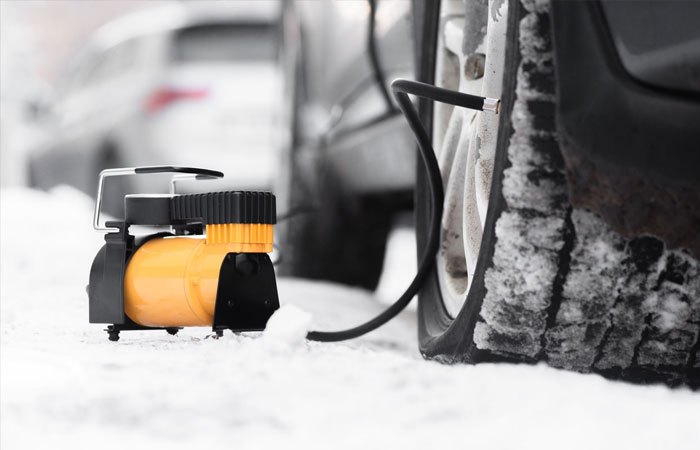
In low temperatures, compressors face additional stress. Winter makes oils thicken, plastics brittle, and the battery provides less current. This is especially relevant for trips outside the city or in mountainous regions.
A good winter compressor should have:
- reinforced motor with freeze and overheat protection,
- high-quality cold-resistant hose,
- direct battery terminal connection,
- durable plastic or metal housing resistant to -20 °C.
If only used in summer, these features aren’t necessary. But a model with cold-weather resistance will last longer and be more versatile.
Power Source: Cigarette Lighter, Battery Clamps, Built-in Battery or 220V Socket
Compressor connection types:
- 12V Cigarette Lighter: most common. Great for sedans, no need to open the hood. Limited to 10–15 A current, so power is lower.
- Battery Clamps: stable power for high-performance models (40+ L/min). Ideal for large vehicles and cold conditions.
- 220V: for garages, service stations, and home use. Most powerful, unlimited in current and run-time. Not dependent on car battery condition.
- Built-in Battery Compressors: autonomous models that don’t require external power. Great for tourists, trailer owners, and campers. Can operate even with a fully discharged car battery.
Battery models often include USB ports, lights, and power bank function. Note that run time is limited by battery capacity, and power is usually lower than wired alternatives.
Pressure Gauge: Accuracy Matters
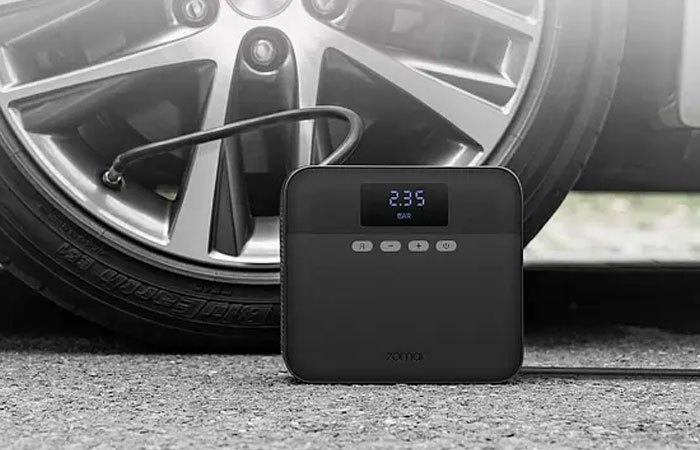
The pressure gauge is key. If the compressor reads incorrectly, it may result in:
- increased tire wear,
- higher fuel consumption,
- reduced handling on the road.
Types of pressure gauges:
- Analog: simple, reliable, frost-resistant. But not always accurate or easy to read.
- Digital: precise, modern, often with backlight. Require batteries and may fail in extreme cold.
Ideally, use a separate reliable pressure gauge before long trips.
Performance and Inflation Time
Performance is measured in liters per minute. For reference:
- 30 L/min — inflates a car tire in 4–6 minutes,
- 50 L/min — the same in 2–3 minutes,
- 70+ L/min — inflates even large tires quickly, without overheating.
Note: actual performance is usually lower than stated, especially with long hoses, filters, or in cold weather.
Useful Features to Look For
- Auto shutoff: stops the compressor at target pressure.
- Backlight: useful for night or emergency use.
- Pressure memory: stores last settings.
- Removable hose: handy for storage or replacement.
- Metal piston and cylinder: more durable than plastic parts.
- Power bank function: in autonomous models, allows charging devices.
Budget: What Does Reliability Cost?
The market can be roughly divided as follows:
- Up to 1000 UAH: simple compressors for occasional use. Often overheat, slow performance, minimal kit.
- 1000–2000 UAH: mid-range models — for regular use. Often include auto shutoff, digital displays, solid build quality.
- 2000+ UAH: semi-professional devices with longer lifespan, stronger components, 12+ months warranty, extended kits. Includes battery-powered models.
Don’t always chase the brand, but don’t skimp on quality either. One overheating episode can mean replacing the whole unit.
Conclusion: Smart and Long-Term Choice
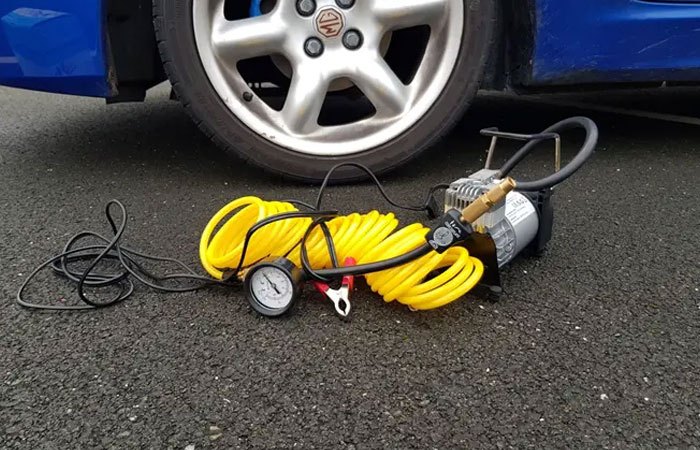
In 2025, the market offers a wide range of compressors — from tiny Chinese models to powerful units with tanks. To make the right choice, consider not just specs, but real usage scenarios. Some need a compact unit for emergencies, others need a reliable assistant for R18+ tires and off-road trips.
The ideal compressor: matches your car, performs in cold, connects easily, and shows accurate pressure. Everything else is a bonus.
-
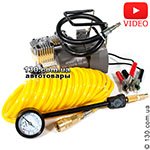 Tire inflator Berkut R17Buy4596 ₴ 4279 ₴
Tire inflator Berkut R17Buy4596 ₴ 4279 ₴ -
 Tire inflator Berkut R20Buy7739 ₴ 7279 ₴
Tire inflator Berkut R20Buy7739 ₴ 7279 ₴ -
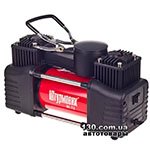 Buy
Buy
-
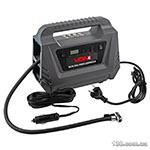 Tire inflator VOIN VC-220 AC/DCBuy2449 ₴ 1799 ₴
Tire inflator VOIN VC-220 AC/DCBuy2449 ₴ 1799 ₴











